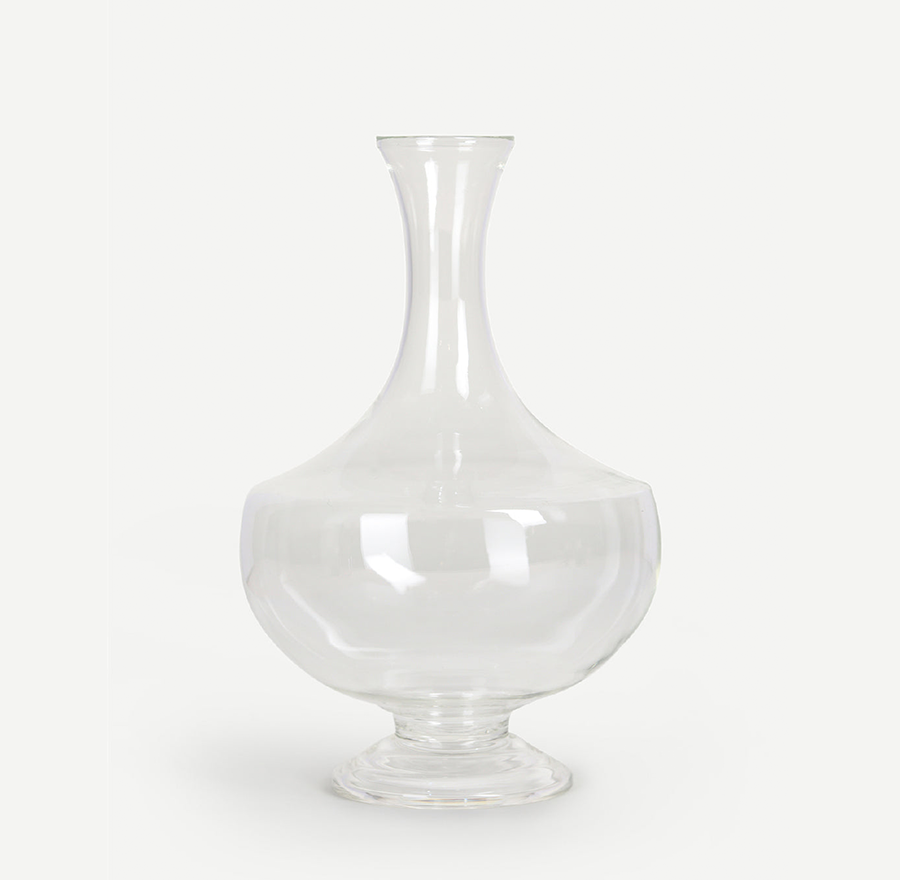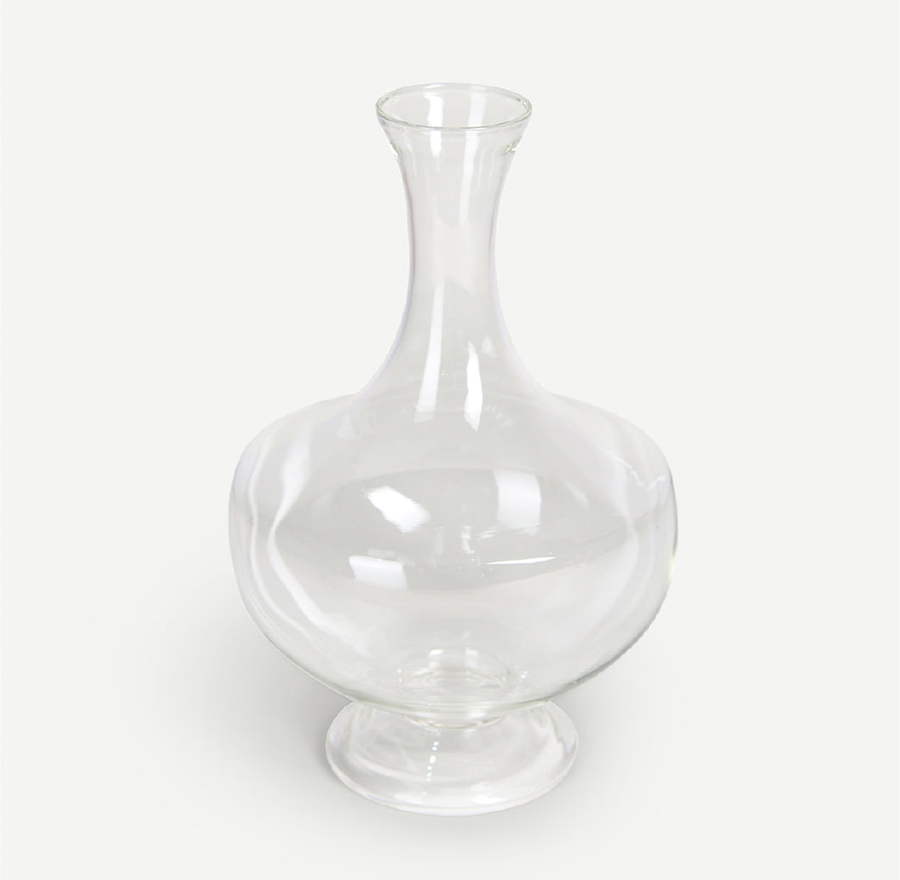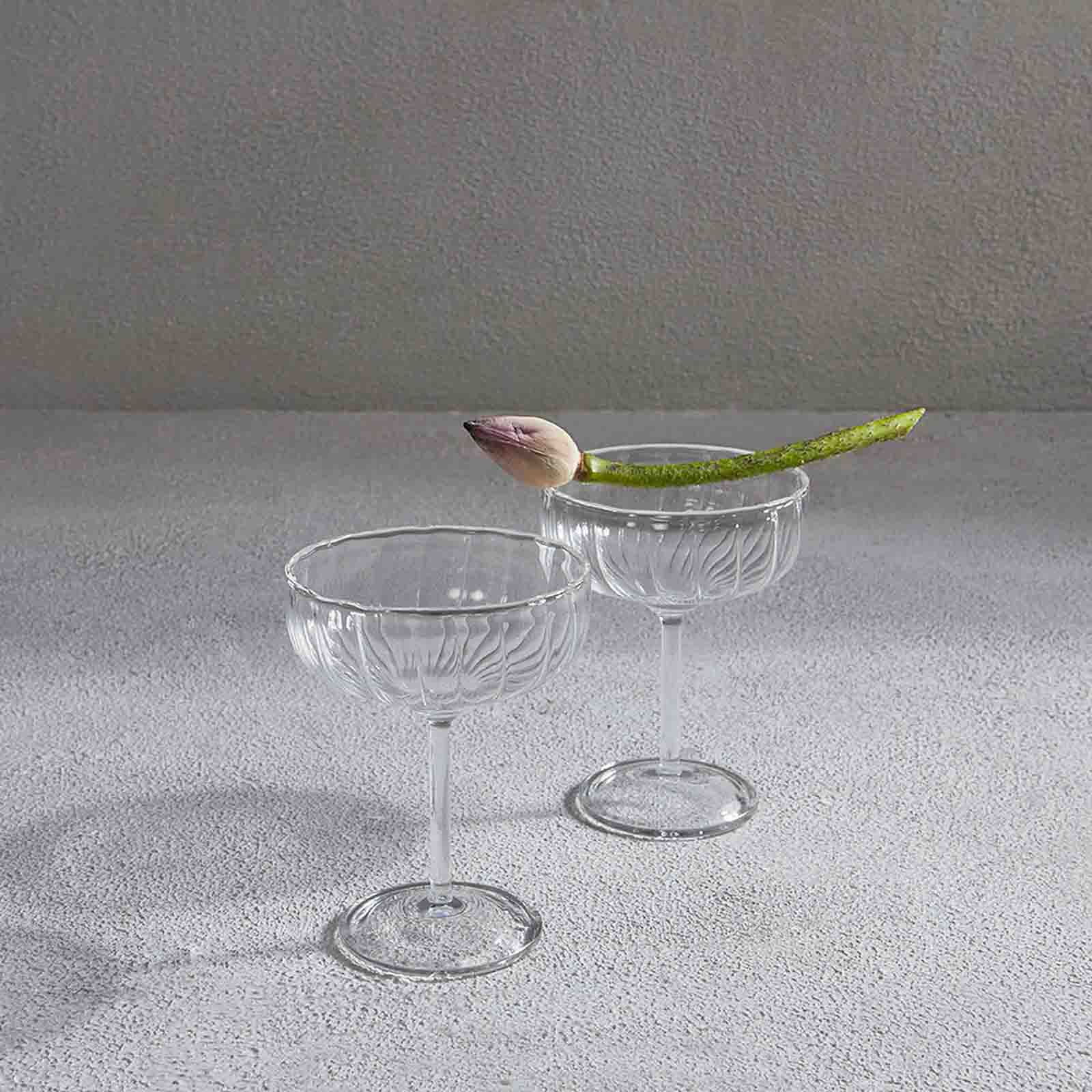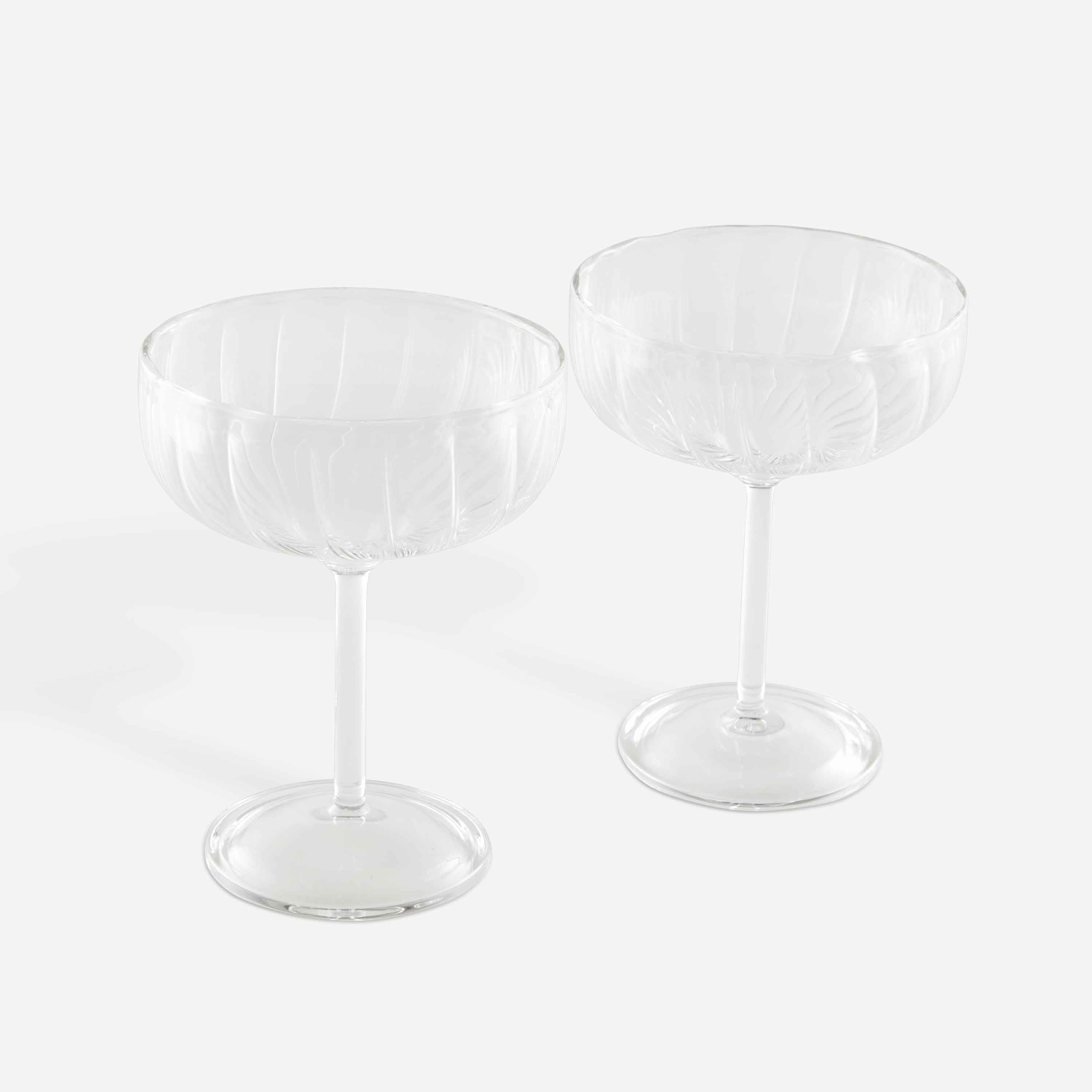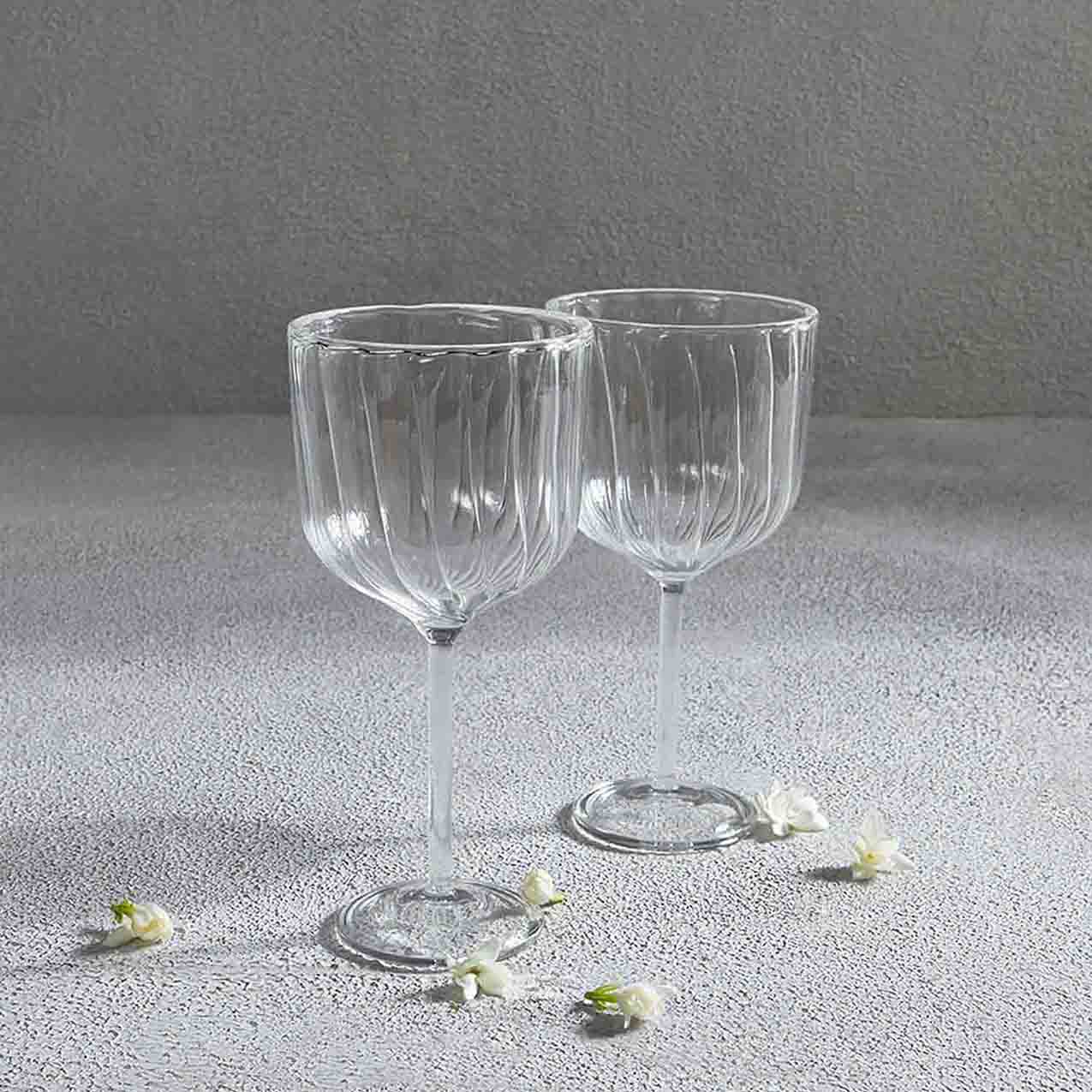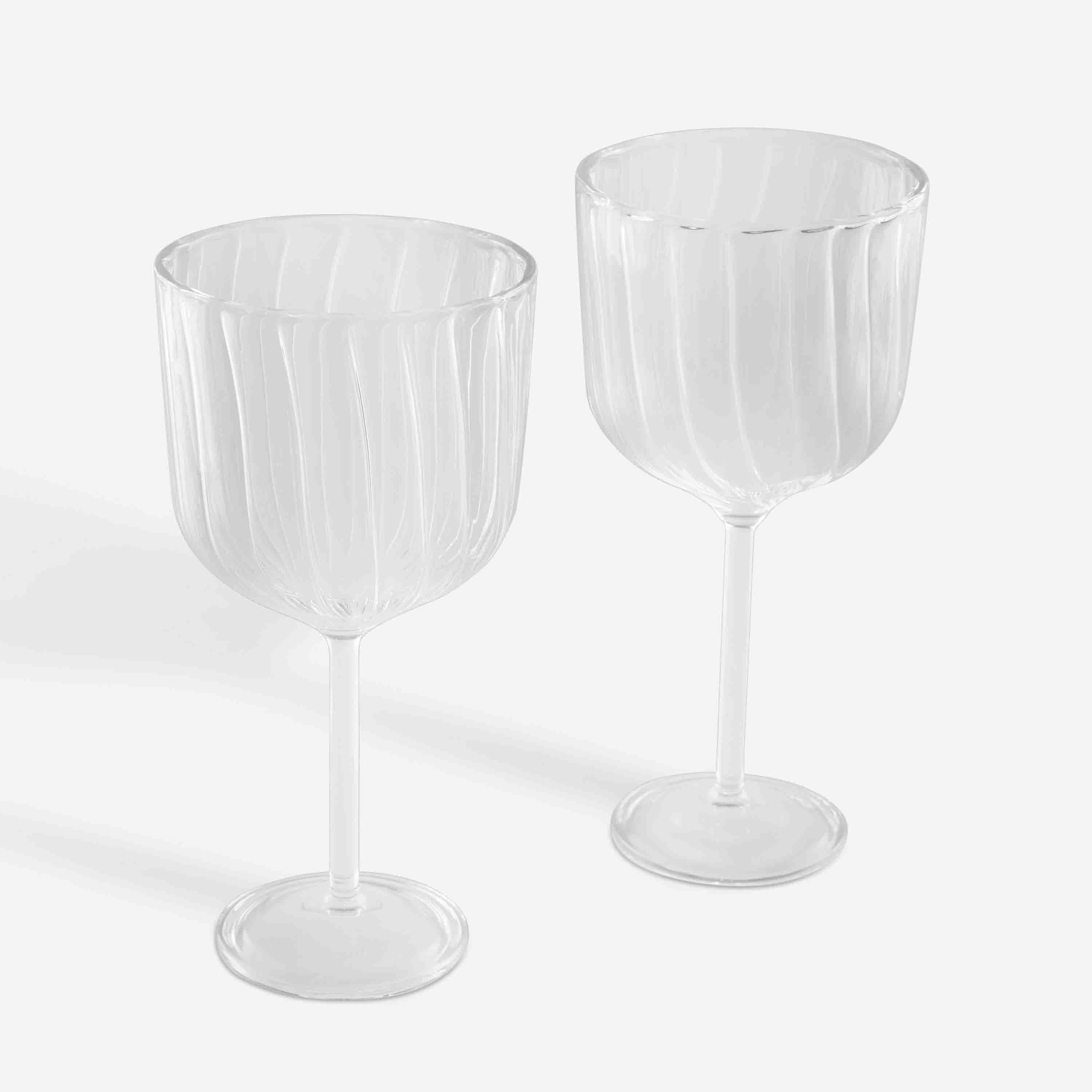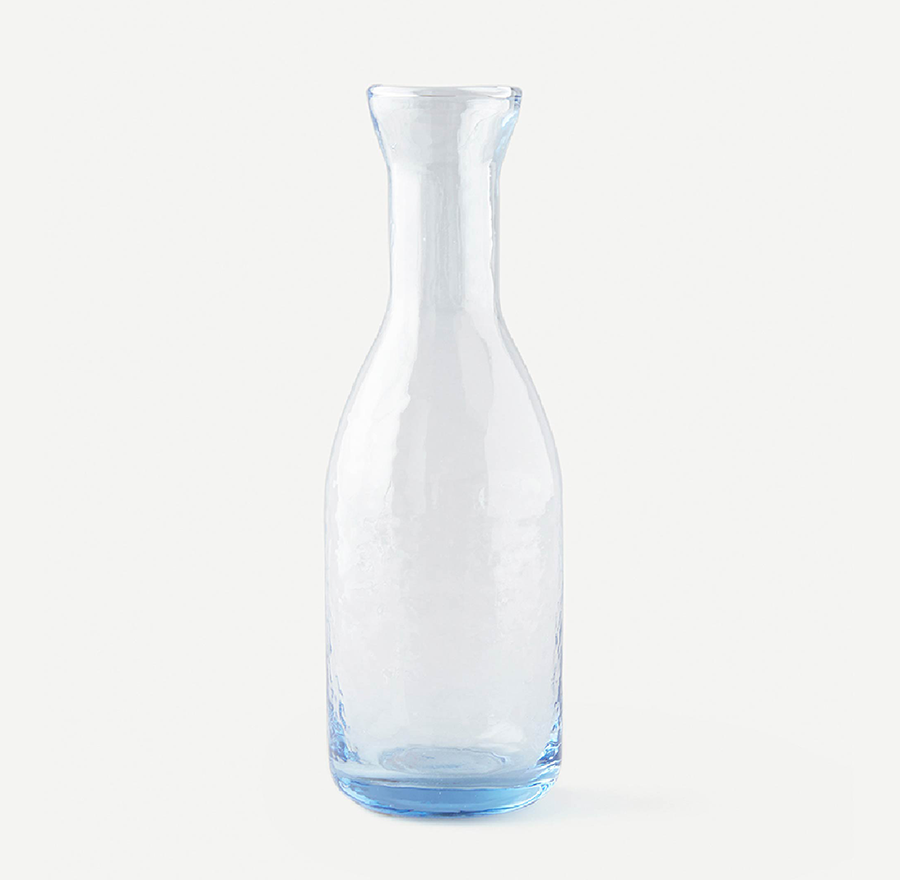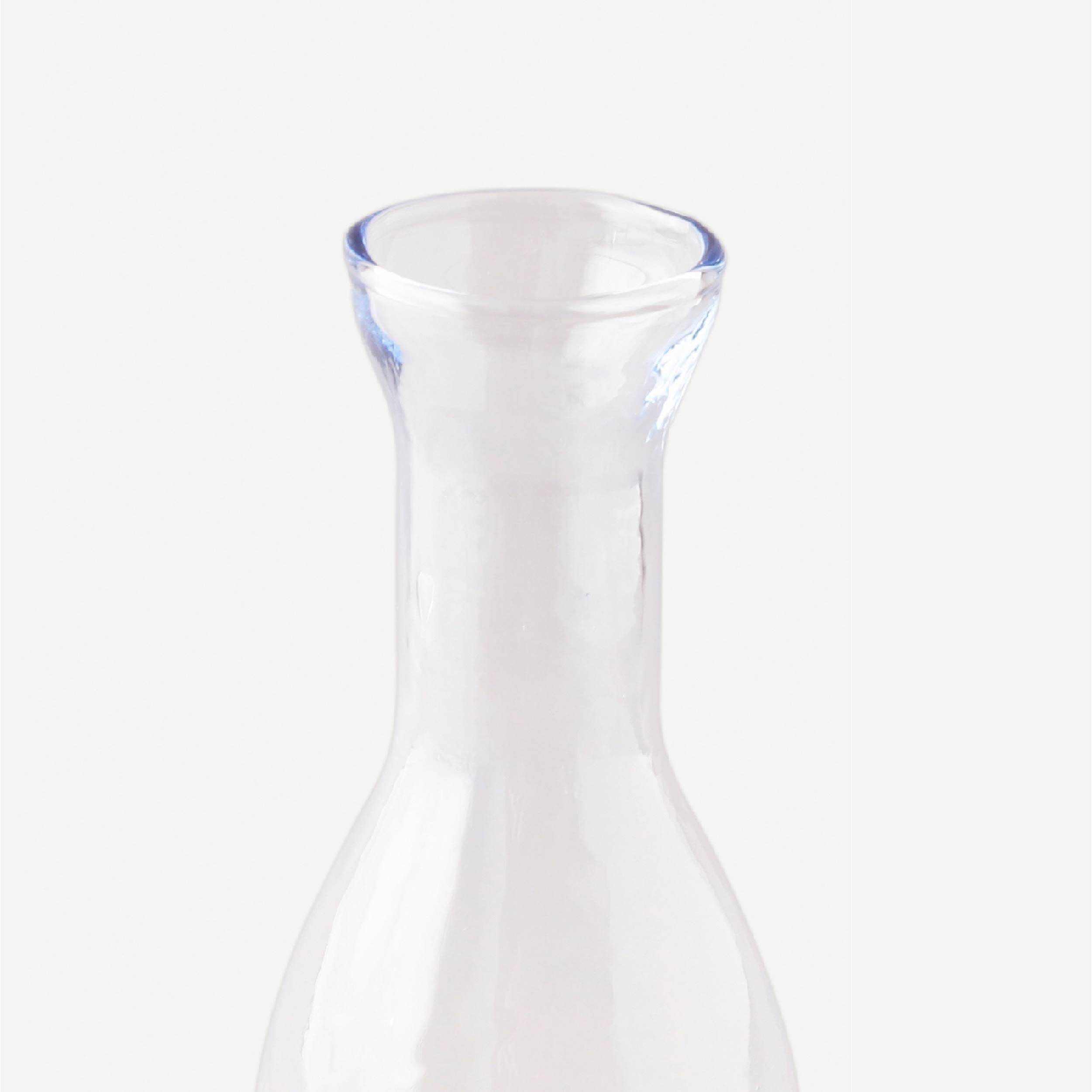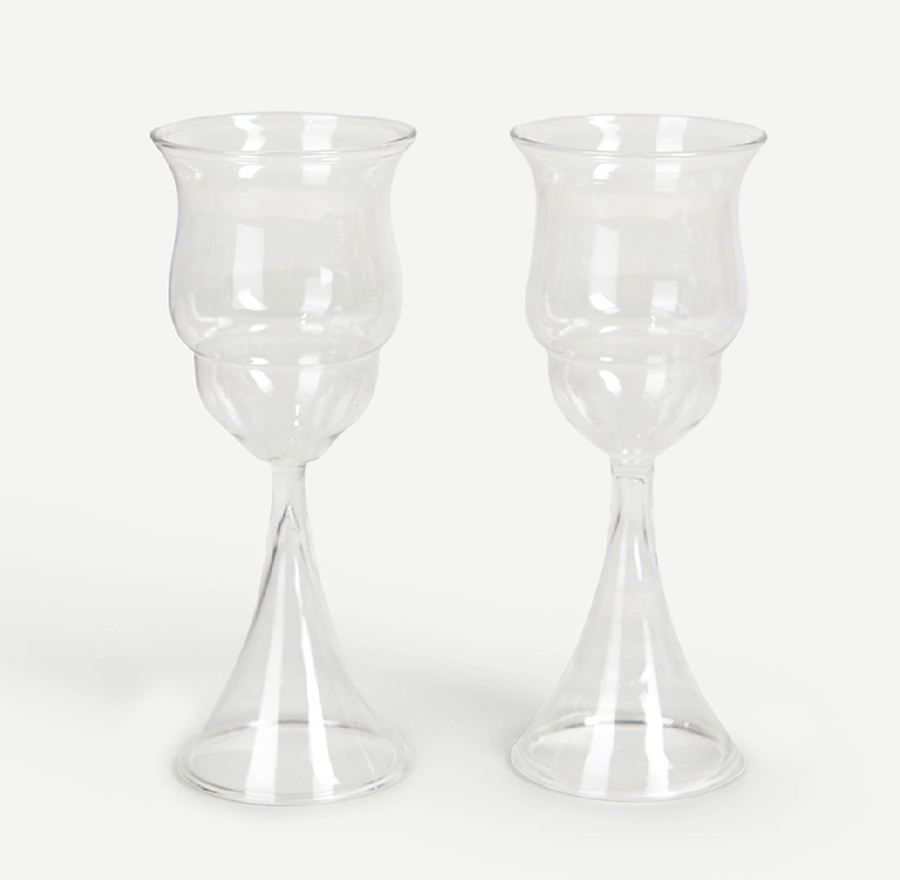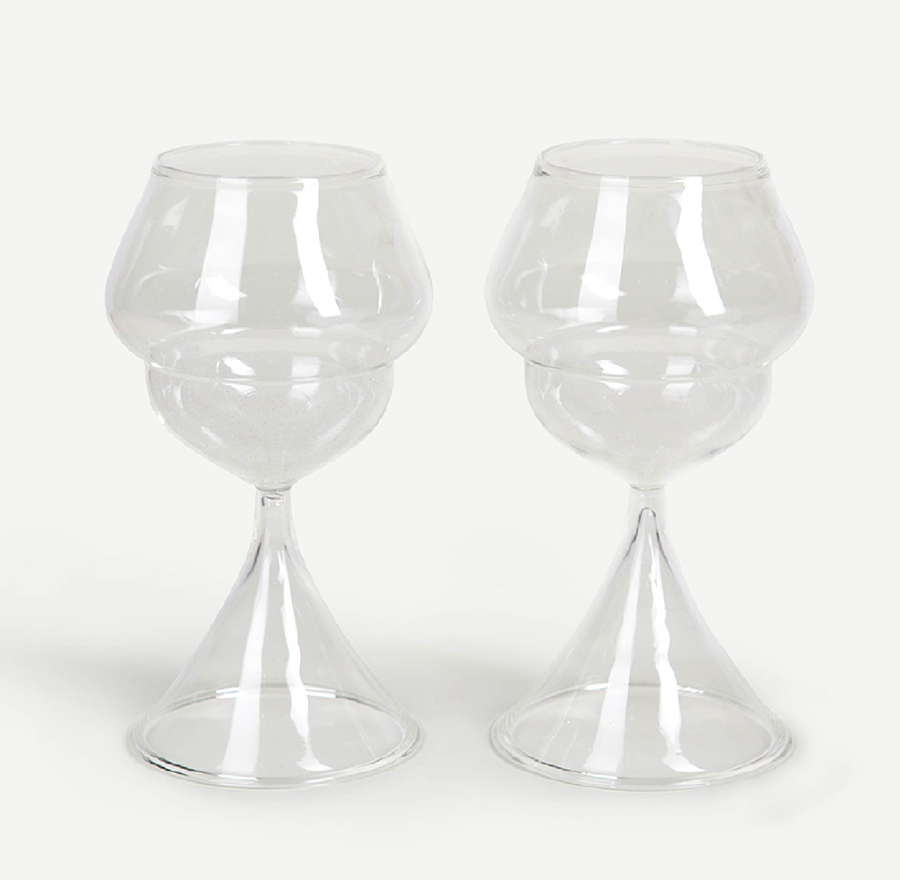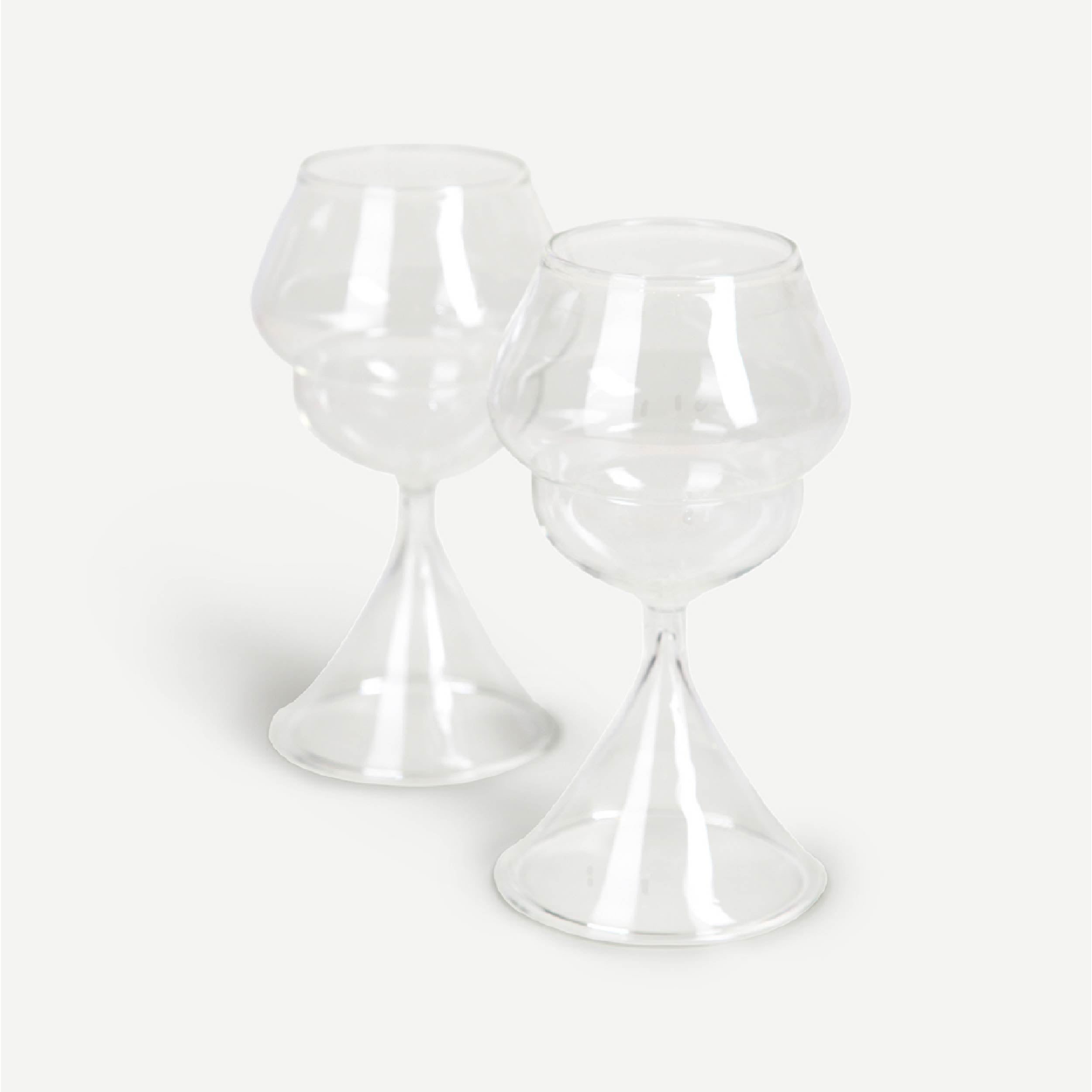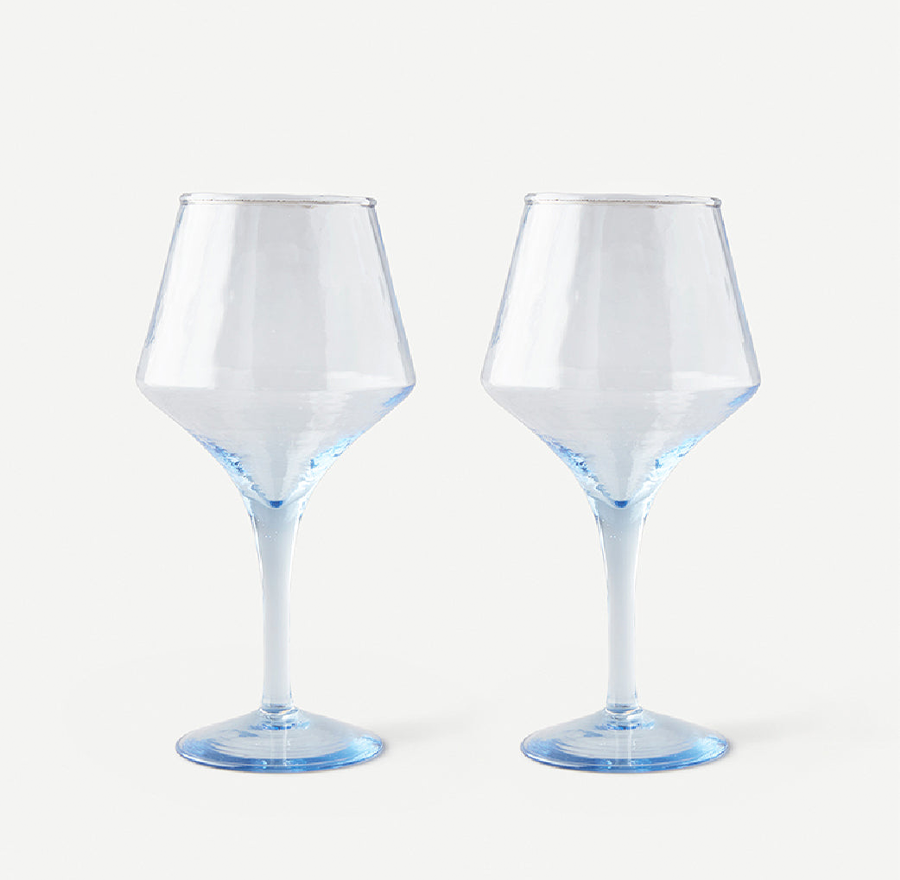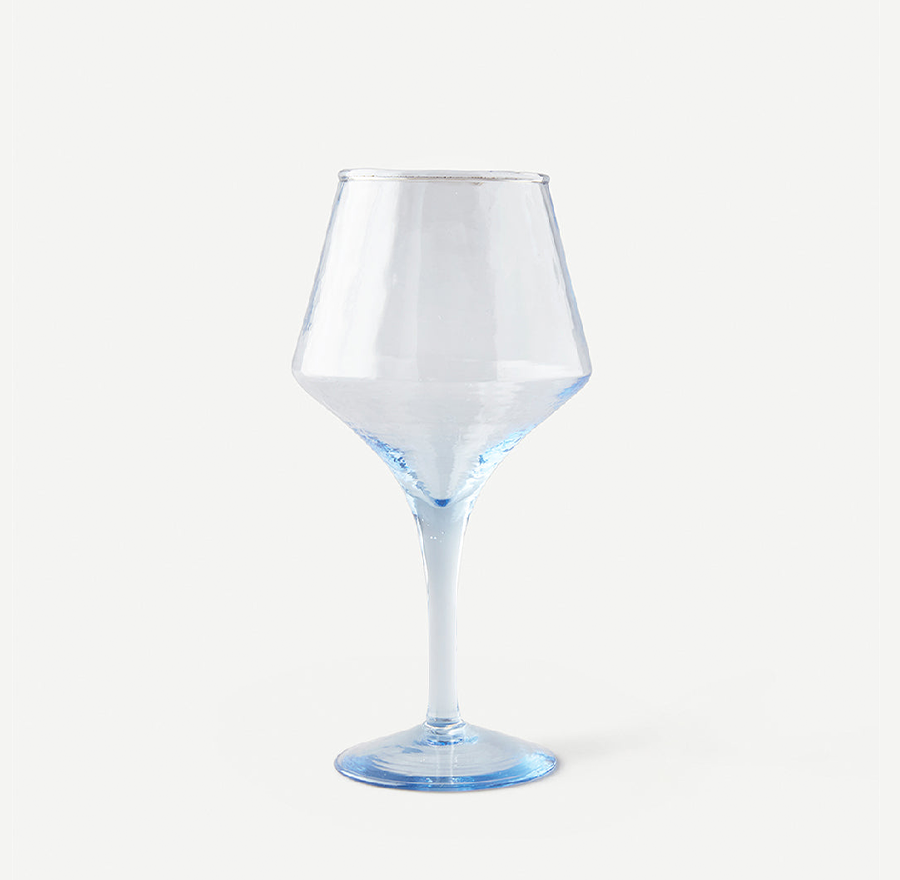JUNO BOTTLE STOPPER
A must have for your bar
A must have for your bar
Craft Type: Stone Carving
Amethyst, a violet variety of Quartz, was considered to be one of the most cardinal gems of the old world. Its name is derived from the ancient Greek word amethystos meaning not drunken. Interestingly, the ancient Greeks actually believed amethyst gems could prevent intoxication which is why wine goblets were specially carved from it. Later medieval European soldiers wore amethyst amulets as protection in the battlefield, due to a prevalent belief that this gem calms the nerves. Inspired by such riveting tales from the past, our artists from Jaipur create amaranthine barware that induces in us a feeling of sitting for a drink in a boisterous tavern in medieval Greece.
Made in: Rajasthan
Material: Amethyst
Dimensions (cm): Length: 3.8, Breadth: 3.8, Height: 11.3, Dia: 3.8
No. of pieces in a set: 1, One Stopper
- Amethyst being a semi-precious stone, is used by both traditional sculptors and jewellers.
- Traditionally carved by artists for Jaipur, this stone is considered to be very hard to work on.
- Moreover, amethyst has a high rate of cracking due to a Mohs hardness level of a low seven, which makes it even more complex for our artists to work on our collection.
- Yet each piece of amethyst in our collection has been painstakingly carved by hand.
- And in the end, craftsmen use the age-old hardstone carving technique of drilling to give each piece a smooth and fine finish.
DO:
- To remove visibly accumulated dust or fingerprints, you can hand-clean the glassware using store bought glass cleaning products. First, flood the glass surface with a spray-on cleaning solution or use a cloth saturated with the cleaning solution, then gently rub the glassware clean.
- Once the cleaning is done, wipe the wet surface with a clean, lint-free towel or cloth.
- Now wipe the glassware completely dry with another, lint-free towel or cloth.
- However, while wiping the glass dry, make sure to stop when it's almost dry, leaving a uniform film on the glass surface. This helps prevent streaking.
DON'T:
- Stack the glassware with other vessels.
- Use a harsh stainless steel/metal scrubber to clean.
- Description
- Process & Craft
- Care
Craft Type: Stone Carving
Amethyst, a violet variety of Quartz, was considered to be one of the most cardinal gems of the old world. Its name is derived from the ancient Greek word amethystos meaning not drunken. Interestingly, the ancient Greeks actually believed amethyst gems could prevent intoxication which is why wine goblets were specially carved from it. Later medieval European soldiers wore amethyst amulets as protection in the battlefield, due to a prevalent belief that this gem calms the nerves. Inspired by such riveting tales from the past, our artists from Jaipur create amaranthine barware that induces in us a feeling of sitting for a drink in a boisterous tavern in medieval Greece.
Made in: Rajasthan
Material: Amethyst
Dimensions (cm): Length: 3.8, Breadth: 3.8, Height: 11.3, Dia: 3.8
No. of pieces in a set: 1, One Stopper
- Amethyst being a semi-precious stone, is used by both traditional sculptors and jewellers.
- Traditionally carved by artists for Jaipur, this stone is considered to be very hard to work on.
- Moreover, amethyst has a high rate of cracking due to a Mohs hardness level of a low seven, which makes it even more complex for our artists to work on our collection.
- Yet each piece of amethyst in our collection has been painstakingly carved by hand.
- And in the end, craftsmen use the age-old hardstone carving technique of drilling to give each piece a smooth and fine finish.
DO:
- To remove visibly accumulated dust or fingerprints, you can hand-clean the glassware using store bought glass cleaning products. First, flood the glass surface with a spray-on cleaning solution or use a cloth saturated with the cleaning solution, then gently rub the glassware clean.
- Once the cleaning is done, wipe the wet surface with a clean, lint-free towel or cloth.
- Now wipe the glassware completely dry with another, lint-free towel or cloth.
- However, while wiping the glass dry, make sure to stop when it's almost dry, leaving a uniform film on the glass surface. This helps prevent streaking.
DON'T:
- Stack the glassware with other vessels.
- Use a harsh stainless steel/metal scrubber to clean.
Country of Origin: India
Manufacturer Details: Zameer Handicrafts: Kisrol Kanth Ka Pull, Mohd Ali Road, Near Budiya Wali Masjid, Moradabad, Uttar Pradesh - 244001












